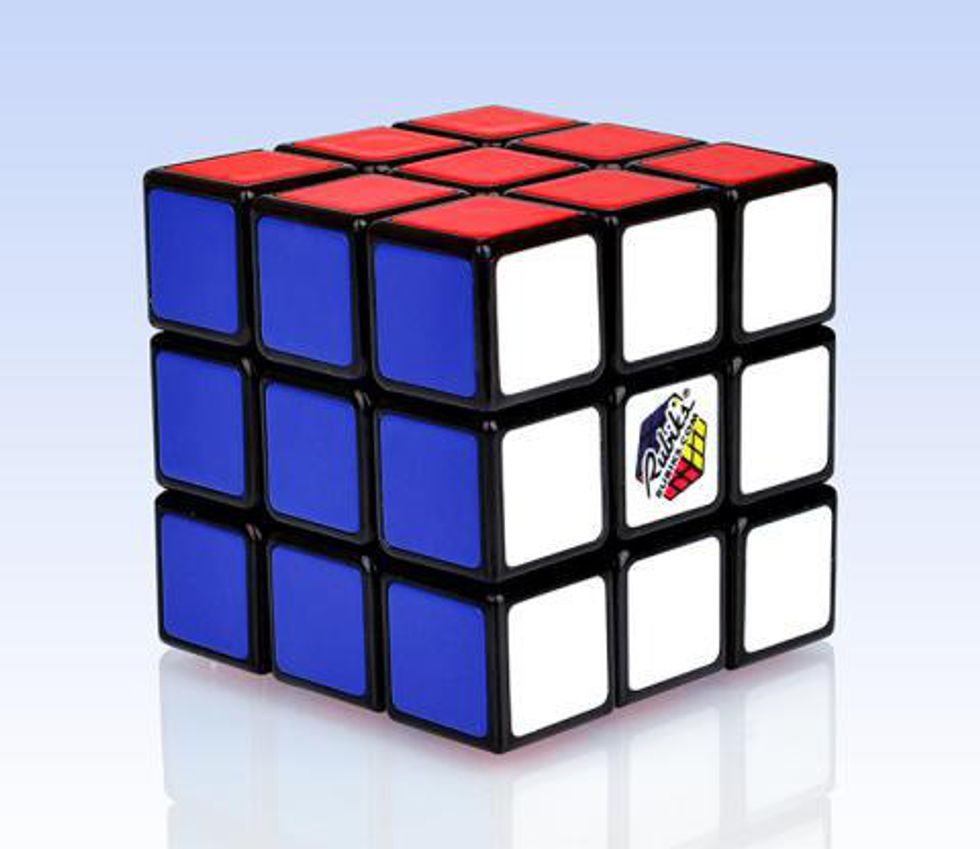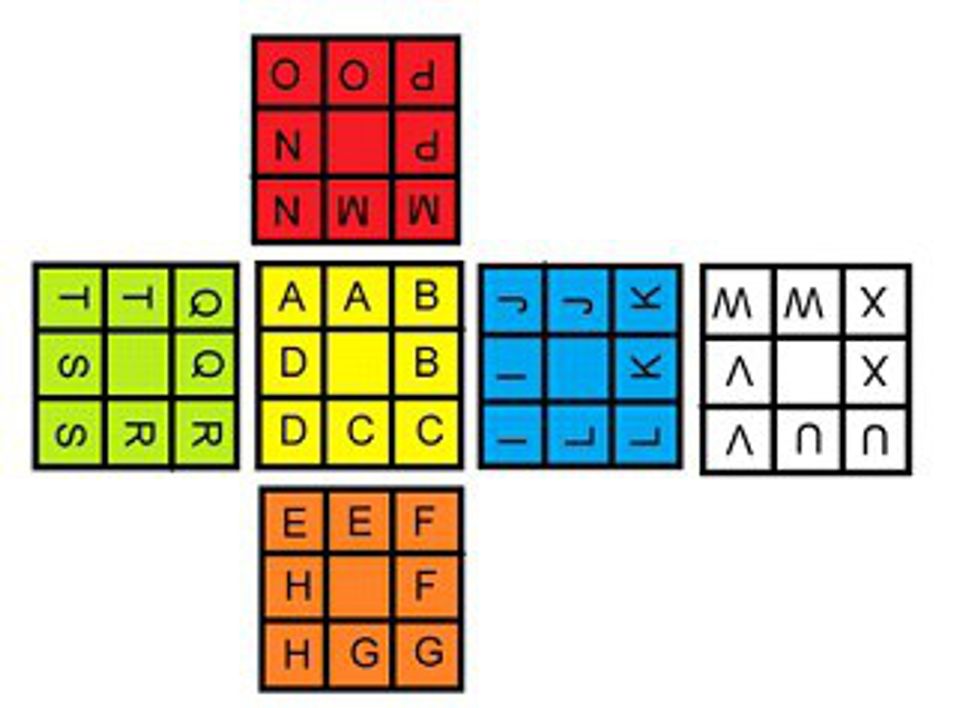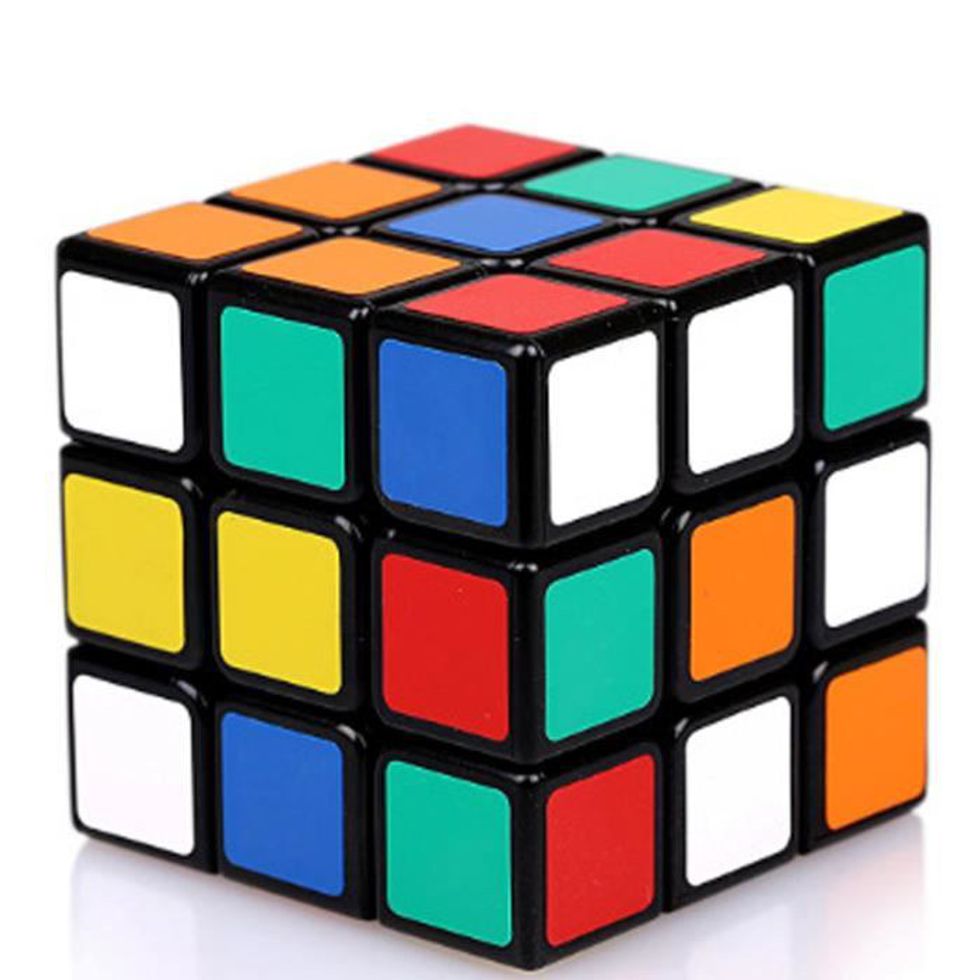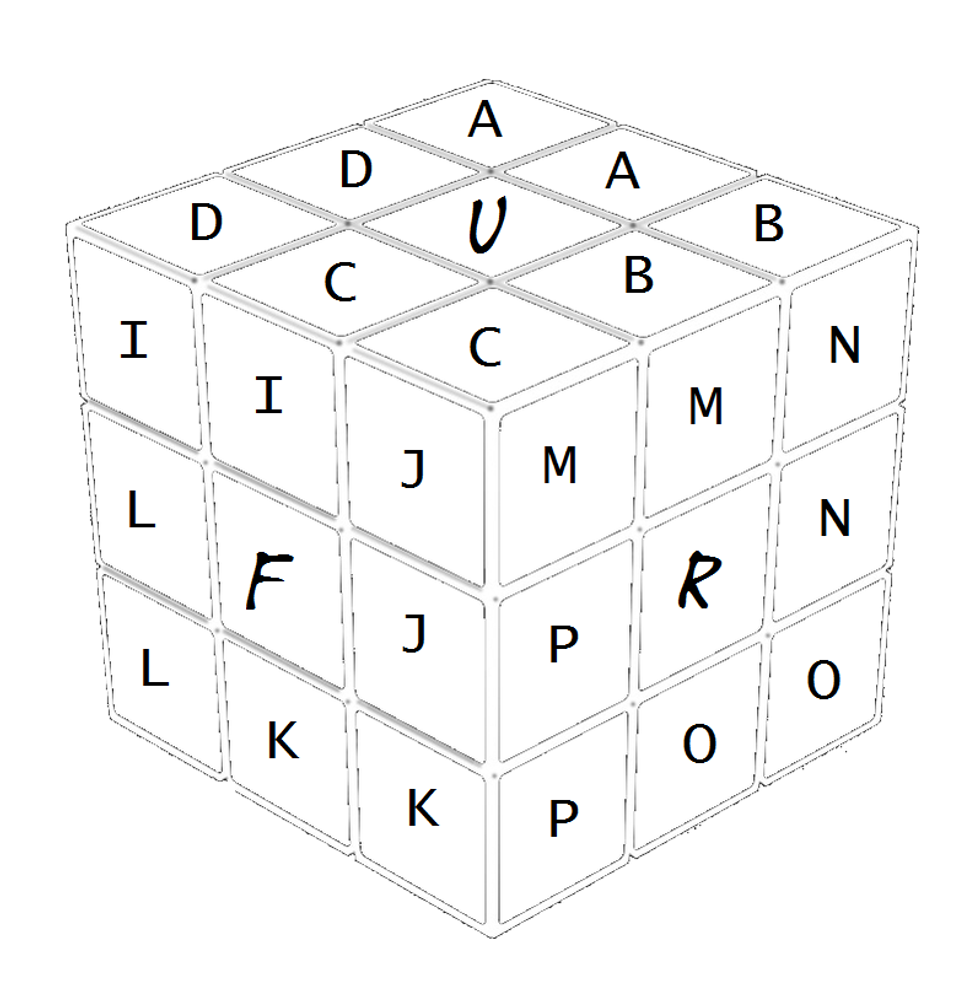Yes, it’s possible. Competitive Rubik’s Cube solvers even race against each other to see who can solve it with their eyes closed first. Some even memorize and solve dozens of Rubik’s Cubes at once, never opening their eyes until they’re finished. The question then becomes: are these people just geniuses, or is there actually a method that anyone can learn to solve the Rubik’s Cube blindfolded?
The answer, of course, is the latter. It just takes some practice and a little patience, but if you can remember a short story, you can solve the cube blindfolded. The biggest trick to remember is that you won’t use your short-term memory, but rather your long-term memory. I’m betting you can remember one event that happened to you before your fifth birthday, but you can’t remember more than one or two of the phone numbers you’ve added to your contact list this year. The reason for this is simple: stories (especially impressionable stories) stick around in our brains longer, but a series of seemingly random numbers doesn’t. Thus, it makes sense to go about memorizing something as complicated as a Rubik’s Cube by building a story out of it. What on Earth do I mean by this? I invite you to examine the picture below to find out:
Above is the picture of a standard Rubik's Cube. You can see that there are three sides in the front (white, red and blue) and three sides in the back. That's fine and dandy, but how do we create a story? It might help to assign a letter to all of the pieces first. You'll notice that a Rubik's Cube is made up of edge pieces and corner pieces -- we'll cover the edges first. Let's start with the front face (white) and look at the top edge, which is a red-white edge. Focus on the white sticker of that piece only. That particular sticker is now "A." Keep going, clockwise -- the white sticker on the right side of the "Rubik's" logo is "B."
The bottom white sticker is "C," and the white sticker on the white-blue edge is "D." Voila, you've created your first letters! Keep going all the way around the cube in any order you feel comfortable, do the exact same technique with the corners (ignore center pieces) and eventually every sticker will have a different letter. Your cube should look something like the picture below:
What you've just done is extremely powerful: you're breaking down something very complicated into something very simple. You're no longer thinking of pieces in terms of colors, but rather in terms of letters. Now you're ready to create a story. Look at the scrambled cube below:
Ew, right? Well, at least you're not going to be focusing on the colors at this point. Remember how we just assigned the letter "A" to the white sticker on the white-red edge piece? Well, you'll notice it's right there in the picture above! That's "A" -- can you remember "A?" Now, it's not in its correct spot, so you'll need to go find where it's supposed to go (look for the red and white center pieces -- the edge piece in between those center pieces is where it needs to be). What piece is there instead? Let's just say it's the piece with the letter "T." Ok, where does that piece need to go? Then where does the next one after that need to go?...
Do you see the beauty of this method? Eventually you'll know exactly where every single piece is on a Rubik's Cube and, if it's scrambled, where it needs to go, because you've memorized the pieces as letters, which you can use to build a story. What do the first two letters we memorized, "AT," remind you of? How about the Star Wars vehicle "ATAT?" Boom, you've got your first image. What's the "ATAT" doing? Let's say your next two letters are "BN" - so, the "AT(AT) is rescuing "B(E)N Kenobi!" As you can see, this is a very straightforward way of building a story, and you can remember the images you've created for long periods of time.
Of course, there's a little more to solving a Rubik's Cube blindfolded than this -- what happens when you run out of images? And how do you go about putting the pieces in their correct spots? The good news is you've learned the most important step -- how to easily memorize a scrambled Rubik's Cube by assigning letters to every sticker, and creating a story you'll remember. If you want to go further and learn the algorithms and techniques necessary to solve a Rubik's Cube blindfolded, then I recommend you watch Zane Carney's "How to solve a Rubik's Cube blindfolded" on YouTube. It's the video I used to learn how to blindfold-solve the Rubik's Cube, and what inspired this article.
Hopefully this article has left you eager to learn more about the ways of blindfold-solving the Rubik's Cube. Please leave a comment on this article if you have any questions or need help getting started, and happy cubing!























